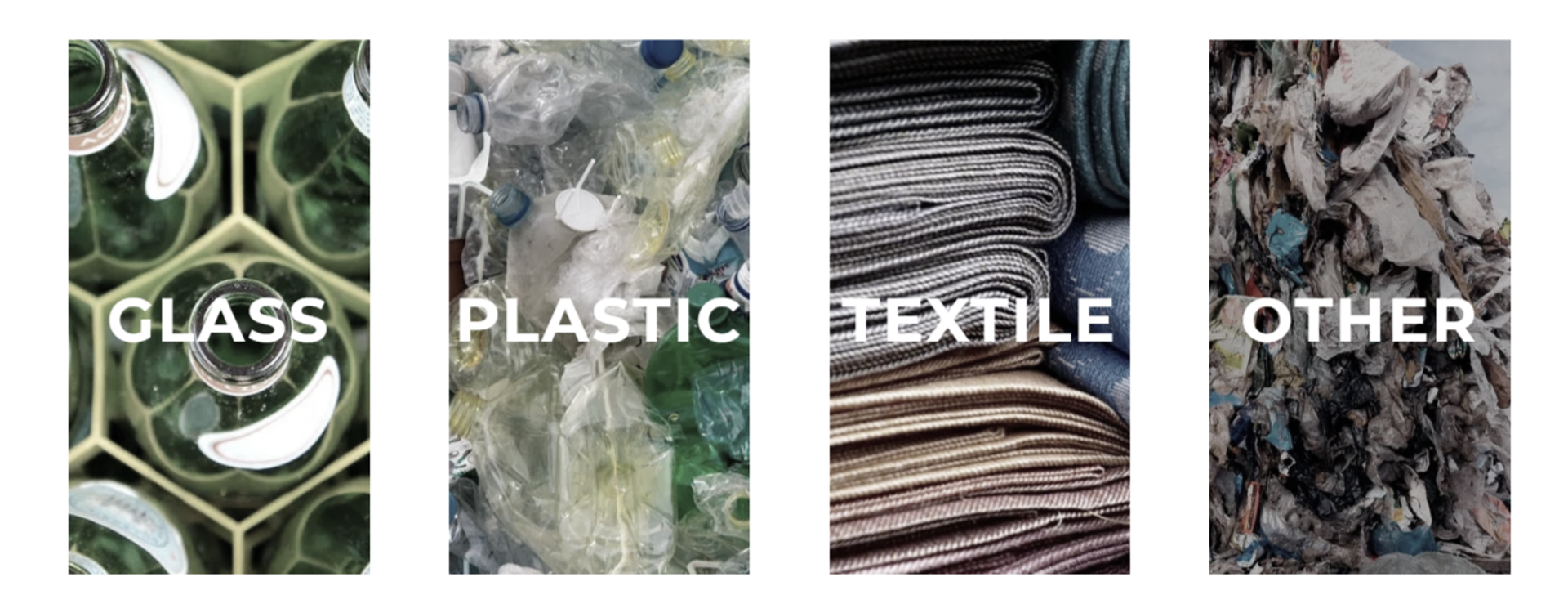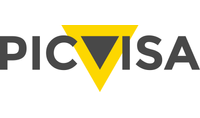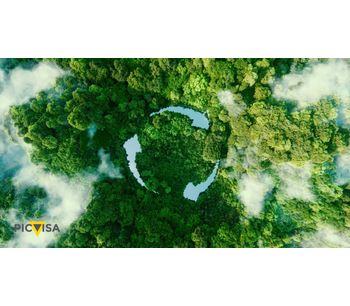
PICVISA aims to contribute to textile circularity in the United States
Textile recycling
PICVISA aims to contribute to textile circularity in the United States
The automation of textile product recycling remains an unresolved challenge in the U.S. However, the country is making efforts to move toward circularity. A clear sign of this growing interest is the emergence of new companies in the sector; the increasing number of articles in newspapers and magazines; the introduction of Extended Producer Responsibility (EPR) regulations—so far in three states—and the organization of trade shows and conferences to discuss an issue that is far from minor.
On the ground, the U.S. population is becoming more aware of the situation. According to the Environmental Protection Agency (EPA), Americans discard approximately 11.3 million tons of textile waste every year, 85% of which ends up in landfills or incinerators. Ultimately, the recycling rate barely reaches 15%.
The U.S. textile industry faces a major challenge: turning this problem into an opportunity for reuse, which could positively impact the bottom line of companies specializing in textile manufacturing and recycling. By tackling this challenge, the country would stop wasting resources and energy, significantly reducing its negative environmental impact. The good news is that some “Made in USA” brands are already producing goods using recycled textile materials.
For example, from New York, clothing manufacturer Amur uses regenerated fibers and yarn made from a part of the cotton plant that is typically discarded during production. Based in Los Angeles, California, Proclaim creates underwear and basic apparel from fibers derived from recycled plastic bottles. These are just two examples—there are more.
Third sector iniciatives
In the U.S., the second-hand market also plays a significant role. Two key examples are the activities of Goodwill and the Salvation Army. These two nonprofit organizations have developed extensive retail networks across the country, providing jobs to people in vulnerable situations. In the case of Goodwill, and as announced at the end of last year, it is worth highlighting its participation in launching a multi-year initiative—in collaboration with companies Reju and WM—that involves the imminent implementation of pilot programs to divert textiles from landfills through collection and sorting, thus paving the way for a more circular textile ecosystem and advancing textile circularity
However, while the European Union has long been working and legislating to optimize textile recycling management, improvements in these processes in the U.S. are being driven primarily by growing public awareness. It is consumers who are demanding change, as noted in the Sorting for Circularity USA report presented by the textile innovation platform Fashion For Good (FFG).
This FFG report reveals that 56% of textile waste in the U.S. is suitable for recycling and argues that ignoring this potential results in an annual economic loss of $1.5 billion. FFG warns that the lack of an efficient recycling and reuse system is severely affecting the U.S. textile industry, despite the country having the highest per capita textile consumption and a fashion market estimated at $251 billion.
The lack of specific legislation in most states—as opposed to what is being implemented in the EU—contributes to this gap in circularity and sustainability in the U.S. textile industry. Only California, New York, and Washington have taken steps to regulate an Extended Producer Responsibility (EPR) system. Unfortunately, the rest of the states lack legislative initiatives in this regard.
To help reverse this situation, the U.S. hosts events such as the Plastics Recycling Conference – Textile Recycling Summit (March 2025, in Washington) and Techtextil (May, in Atlanta, Georgia), where key players in the textile industry and organizations specializing in textile waste recycling come together. At both events, PICVISA aims to make a strong impression on the U.S. market with two of its most advanced technological solutions:
ECOSORT: Thanks to its advanced fiber-sorting technology, this optical sorter enables the automatic separation of textile garments by composition (NIR), color (VIS), and/or shape. Due to its flexible multispectral vision system, ECOSORT can be configured to make quick changes in the automatic sorting of various textile materials as required by the industry.
ECOCLIP: This optical sorter ensures precise and efficient automatic classification of textile scraps during recycling processes, based on fiber composition and color. ECOCLIP guarantees the quality control of these scraps, ensuring the material is free from contaminants—such as other fibers, colors, hard points, metals, seams, etc.—before recycling.
Undoubtedly, technology is the cornerstone in the transition from a linear to a circular economy. At PICVISA, we aim to be part of this transformation in the U.S. as well. We are convinced that improving textile circularity—by extending the life of garments and all discarded textile materials—is necessary and, in fact, a global priority.
Customer comments
No comments were found for PICVISA aims to contribute to textile circularity in the United States. Be the first to comment!

